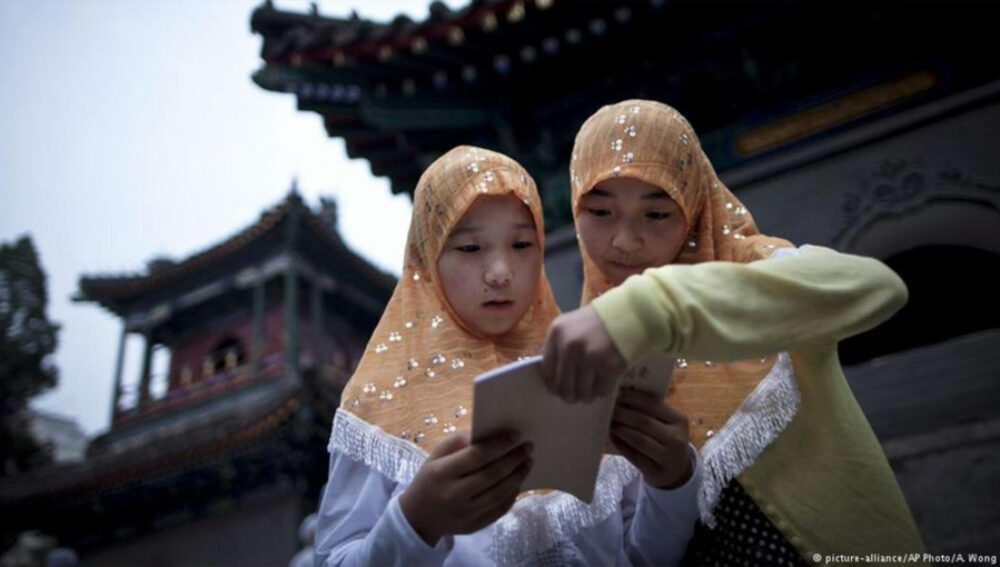Among China’s 55 state-recognised ethnic minorities, the Tibetans and Uyghurs get most media attention. Mostly negative, its focus is repression and human rights abuses.
However, relations among China’s other ethnic groups are good. Social hostilities are generally based not on ethnicity or race, but on other factors.
The minority ethnic groups (shaoshu minzu 少数民族) are just under eight percent of the national population (2010 census). The two most populous are the Zhuang, most living in Guangxi, which borders Vietnam; and the Hui, who are ethnically Chinese but Muslim by religion. Most of the minorities have their own language and culture.
The effects of modernisation and the rise of China are the increasing dominance of Chinese language and culture in the public sphere.
Official policy advocates favourable policies (youhui zhengce 优惠政策) towards the minorities. State policy encourages the use of their languages and cultures, there are quotas for university entry for minorities, and they are less subject to population control than the Han.
In the last decade or so some trends have affected China, including the minorities. The main one is summed up as China’s rise. The impact on the minorities is extensive. On the whole, this is positive, but there are also negative aspects. The main positive effect is that the minority areas are growing more prosperous. Extreme poverty has traditionally affected minority areas disproportionately, and the eradication of absolute poverty does likewise. So extreme poverty among the minorities, though still existing, is enormously less than it once was.
Please click here to read the full “The ‘other’ ethnic minorities in China” article published at the IAPS Dialogue, written by Professor Emeritus Colin Mackerras AO FAHA.








